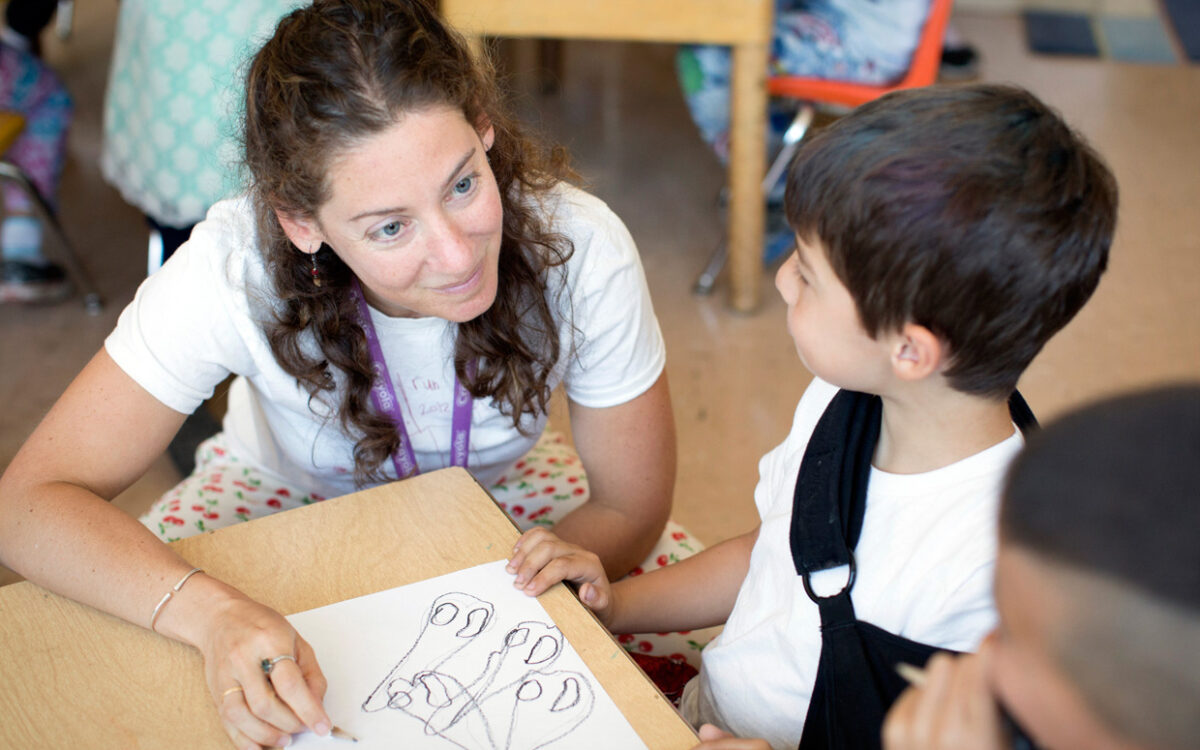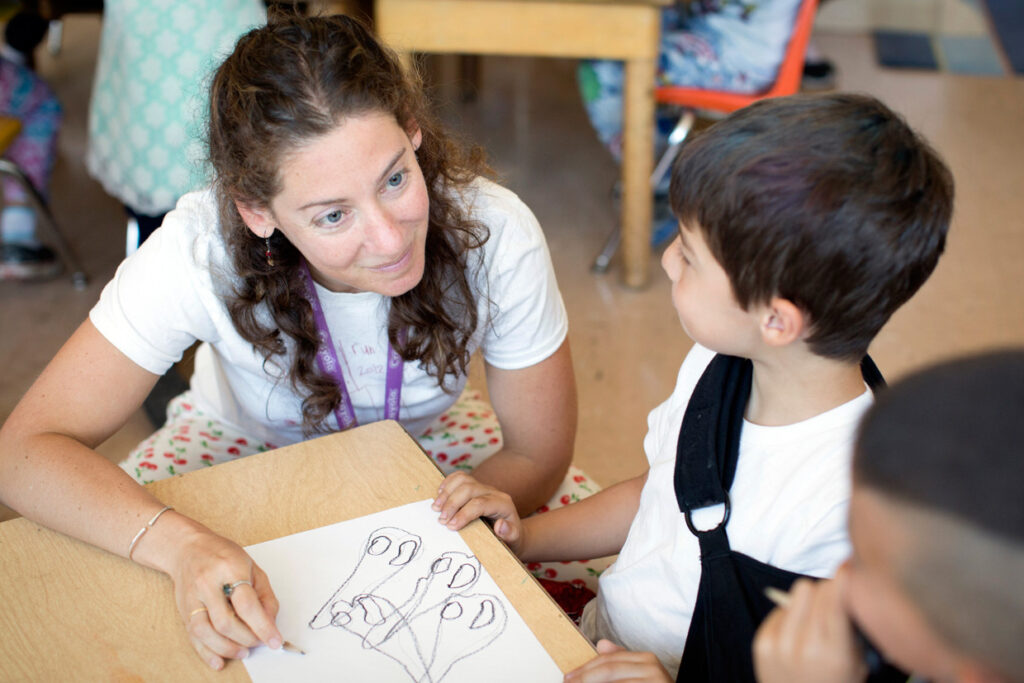Gov. Brown targets teacher preparation
 Credit: Alison Yin for EdSource Today
Credit: Alison Yin for EdSource Today
 Credit: Alison Yin for EdSource Today
Credit: Alison Yin for EdSource Today
Taking on an effect that has received relatively short shrift in the raft of reforms being implemented in California schools, Gov. Jerry Brown ventured for the showtime time during his governorship into the challenge of preparing – and retaining – teachers.
While the $x million he is proposing is tiny in the context of the state'southward overall upkeep, the reforms he is calling for have far-reaching implications.
"It is significant," said Linda-Darling Hammond, a professor in the Stanford Graduate School of Didactics and chairwoman of the California Commission on Teacher Credentialing. She said the measures Brown has proposed correspond a first stride, and that she expects the state to take more steps to "build a high-quality workforce of teachers and school leaders."
The budget calls for improving the way the land accredits teacher preparation programs. "Land oversight of the educator preparation arrangement is currently not robust enough to verify that programs are meeting training standards and producing fully prepared teachers," the budget summary states.
Among the reforms it calls for are:
- Providing funds to the California Commission on Instructor Credentialing to found a console to recommend how to "streamline preparation standards" and to develop surveys of students enrolled in teacher grooming programs, and of schoolhouse districts who rent them, to assess the "quality and effectiveness" of those programs.
- Revising the Pedagogy Performance Assessment that all new teachers must accept before they can begin instruction.
- Proposing for the first time to develop a similar assessment for school principals and other administrators.
As the budget summary notes, "at that place is no cess to determine if a person is prepared to be a schoolhouse master."
State Board of Teaching President Michael Kirst said the budget proposals "point a more ambitious role for the California Commission on Teacher Credentialing." They too transport a bulletin that "we are concerned about the quality of new teachers," he said.
The budget proposal also addresses another major claiming in strengthening the teacher pipeline in California –providing back up for teachers in their start few years on the job. Teachers have been required to participate in what is chosen an "consecration program" – primarily the land's Outset Teacher Support and Assessment (BTSA) program – in guild to receive their total or "clear" credential. Support programs arrive more likely that teachers stay in the profession, rather than dropping out in large numbers.
Just there have been multiple problems with the funding and implementation of the BTSA program, as noted in an EdSource report released concluding fall. Brown is calling for an evaluation of "the burden of the current requirements" on teachers to complete consecration programs like BTSA, the budget summary says. He too wants to encourage local districts to provide the supports that new teachers need to succeed, including providing mentor teachers.
The budget summary says the Dark-brown administration won't expect until the fiscal yr begins in July to begin working on this issue, but will begin "engaging with stakeholders" on this issue in the coming weeks.
Darling-Hammond said that in some districts consecration programs aren't even offered, or teachers accept to pay thousands of dollars to enroll in them. In other cases, districts may offer "help groups," just no mentors or actual coaching in the classroom.
The reforms aimed at improving teacher training – and to support teachers after they begin teaching – indirectly addresses the issues raised by the Vergara vs. California lawsuit, including the time and expense of firing incompetent teachers.
In his press briefing Fri, Brownish described the challenge of firing such teachers as "a nightmare." If his proposed reforms result in meaning changes in teacher preparation and back up, that could improve the effectiveness of teachers beyond the board and reduce the number of ineffective ones.
What the budget summary does not accost is the challenge of recruiting new teachers. The number of students enrolled in teacher training programs has plummeted over the past decade – from more 77,000 in 2001-012 to less than 20,000 in 2012-xiii.
Darling-Hammond said the decline was in office a response to the massive layoffs inflicted on teachers as a result of the state budget crisis precipitated by the financial collapse of 2008. She said districts now accept a "pent upward demand" to hire teachers back as they reduce course sizes and reply to rising enrollments in some areas.
"I am quite sure there will be a lot of attention to this in the next few years, to make sure we can underwrite people coming into the profession," she said.
To go more than reports like this one, click hither to sign upwardly for EdSource's no-price daily email on latest developments in educational activity.
Source: https://edsource.org/2015/gov-brown-targets-teacher-preparation/72634
0 Response to "Gov. Brown targets teacher preparation"
Post a Comment